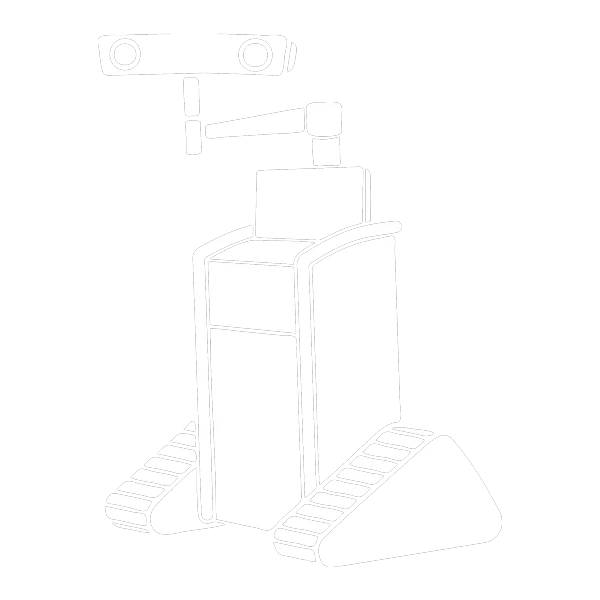CT scan Radiation risks are a growing concern for patients and healthcare professionals alike. Recent studies from the National Institute of Health (NIH) highlight the alarming risks associated with frequent CT scan use, particularly regarding the potential long-term effects on cancer development. Fortunately, the Ruthless Spine RJB system can be templated without the need for a CT scan.

CT Scan Radiation Risks
Links to Cancer
The cancer risk associated with CT scans is a major concern. A study found that 1 in 270 women who undergo a CT coronary angiography at age 40 may develop cancer due to the radiation exposure from the scan.¹ Moreover, it is estimated that 29,000 future cancer cases in the U.S. could be linked to CT scans performed in 2007 alone, with the majority of these cases affecting women.²
Vulnerable Populations
The highest cancer risks come from scans of the abdomen, pelvis, chest, and head, as these areas typically require more radiation exposure to produce clear images.² This is particularly worrisome for vulnerable populations, such as children and young adults, who face increased risks of developing hematological malignancies. Research suggests that children exposed to CT scan radiation have an excess relative risk of 1.96 per 100 mGy of radiation, and 1–2 cases of hematological cancer are expected to develop for every 10,000 children within 12 years following a scan.³
The RJB System: Operational without a CT Scan

While CT scans are invaluable in many medical procedures, they are not always necessary. For lumbar spine surgeries, the Ruthless Spine RJB system can operate without the need for a CT scan. This allows surgeons to perform lumbosacral pedicle screw placement procedures while minimizing patient exposure to harmful radiation.
The RJB system is an Intraoperative Surgical Angle Measurement tool designed to improve the ease, efficiency, and cost-effectiveness of lumbosacral pedicle screw placement surgeries. The device works by measuring the angle of surgical instruments in two planes relative to a vertical plumb line aligned with gravity. While the RJB must be used alongside fluoroscopy or intraoperative x-rays, it is not dependent on CT imaging, allowing surgeons to bypass the radiation risks associated with this technology. Learn more about the RJB here.
Conclusion
The dangers associated with CT scan radiation are real, particularly for those who undergo repeated scans or belong to higher-risk groups like children and women. While CT scans remain an important tool for diagnosis, the Ruthless Spine RJB system offers an alternative option by not being dependent on CT imaging, reducing potential radiation exposure risks. Contact us for more information.
References
- Smith-Bindman R, Lipson J, Marcus R, et al. Radiation dose associated with common computed tomography examinations and the associated lifetime attributable risk of cancer. Arch Intern Med. 2009;169(22):2078-2086. doi:10.1001/archinternmed.2009.427. PMID: 20008690.
- Berrington de González A, Mahesh M, Kim KP, et al. Projected cancer risks from computed tomographic scans performed in the United States in 2007. Arch Intern Med. 2009;169(22):2071-2077. doi:10.1001/archinternmed.2009.440. PMID: 20008689.
- Bosch de Basea Gomez M, Thierry-Chef I, Harbron R, et al. Risk of hematological malignancies from CT radiation exposure in children, adolescents, and young adults. Nat Med. 2023;29(12):3111-3119. PMCID: PMC10719096.



